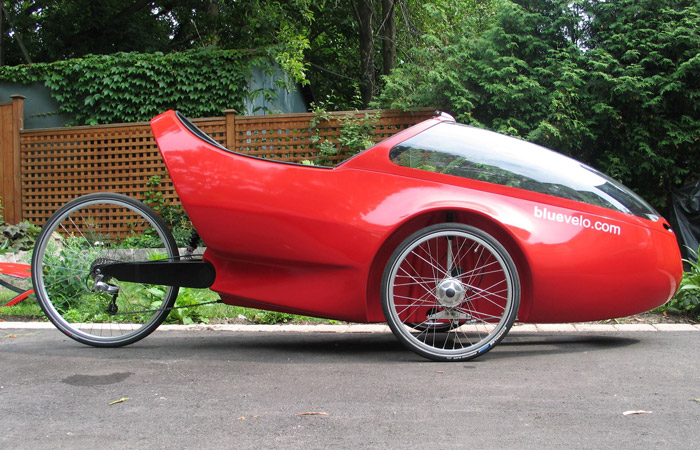Steinbach, in common with all other cities in North America, is built around the car. Businesses situate themselves assuming customers and employees will be using a car, home-buyers give no thought to proximity of shopping places or a job. Streets are wide and large areas are devoted to parking.
That’s what we have. This is unsustainable. A culture that requires two tonnes of steel to move a 70 kg individual between two points is unsustainable. We can live that way now because we are tapping ancient deposits of oil, but the supply of that oil is limited.
As oil becomes more scarce, the price of gasoline will go up. This will accelerate the shift to electric vehicles, but this will only be a short term solution. The electric cars being built, still weigh two tonnes, and it still takes 15 times as much energy to travel by car as on foot. This inefficiency is not sustainable.
There is a sustainable alternative, one more efficient than walking, and that is cycling. Cycling is MORE efficient than walking, using less than half the energy. And if one goes to a recumbent bike with aerodynamic fairing, it takes a quarter the energy of walking. And the fairing gives protection form the weather. Such a vehicle is called a velomobile.
So what would a city the size of Steinbach, committed to a cycling culture rather than our current car culture, look like? Well, physically the city footprint would be much smaller and the city would be much denser. Streets would be narrower and less space would be allocated for parking, both in the commercial areas as well as in the residential areas. There would be less traffic congestion. (The upgrade to the Brandt St./Loewen Blvd. intersection would be unnecessary.) Property tax would be significantly lower.
Because people would be more active, they would be healthier, and there would be fewer demands on our health care system. We would identify more with our community. We tend to acknowledge people we meet when we walk or cycle, something we don’t do when we are enclosed in our car. Without having cars whizzing by us at high speed, we would feel safer. There likely would be a frequent bus service between Steinbach and Winnipeg. Assuming Winnipeg had also adopted a cycling culture, cycles to rent or borrow would be available in both cities, near the bus stop.
As someone who has chosen the cycle as a means to get around Steinbach throughout the year, I can say that cycling gives one rewards that don’t come with riding in an automobile. There is even now a community bicycle repair shop in La Broquerie, where you can tap into community expertise regarding bike repair, as well as meet other cycle-minded persons.
Cycling culture does not limit us to pedal powered bicycles (although the experience of Amsterdam and Copenhagen indicates a strong preference for that). Cycling culture welcomes electric bikes and velomobiles. Electric bikes are probably understood, but a few words about velomobiles may help. Velomobiles are recumbent bikes or trikes with fairing to reduce wind resistance and protect the rider from the weather. They may or may not have electric assist.
Although velomobiles show a lot of promise, both because they are remarkably efficient and protect the rider from the weather, they have not caught on. Probably the main reason they have not caught on is because they are very expensive. They are expensive because the market is not big enough – not strong enough to allow mass production. Several attempts have been made to manufacture a velomobile assembly line style, but they have failed. Veemo out of Vancouver is currently trying.
Who knows where we are headed with personal transportation. It seems clear that we are already shifting to electric cars, and that trend will continue. But the price of energy will continue to rise, and I predict that we will also be seeing more and more cycles on our streets.




